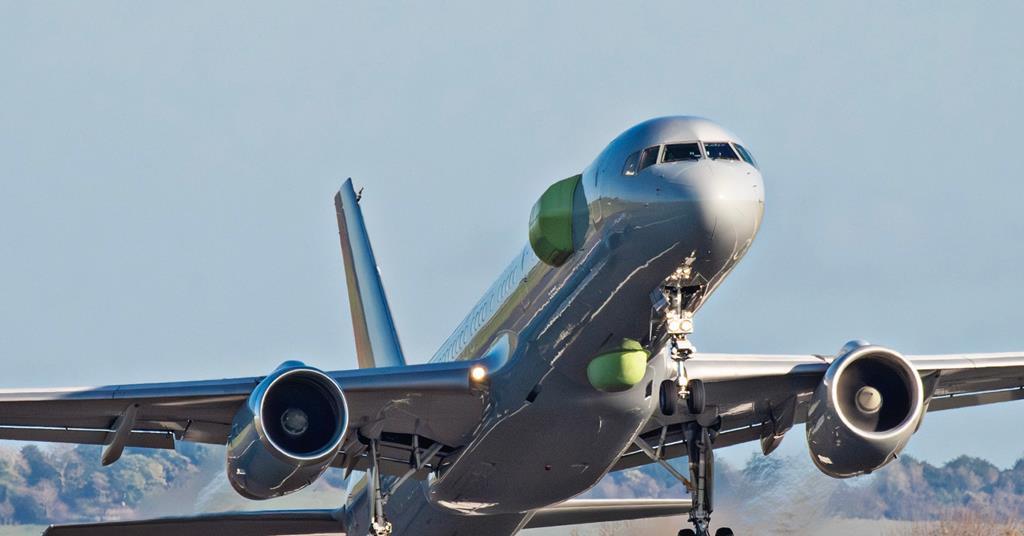
This week, in the UK, the EXCALIBUR testbed completed the first phase of a 5-flight campaign, for a total of 14 hours and 45 minutes, started on November 4.
EXCALIBUR represents the ‘flying laboratory’ of many of the avionics and sensor systems that will equip the main fighter of the GCAP air combat system. The flights were carried out from the runway at the QinetiQ facility in Boscombe Down, Wiltshire (southern England).
Based on a Boeing 757 airliner, the EXCALIBUR belongs to the 2Excel aviation company and has been modified by Leonardo UK with the aforementioned systems, housed in two lateral fairings and one ventral radome, whose stability was evaluated during the flights. These are designed to house the integrated sensor suites - ISANKE (Integrated Sensors, Non-Kinetic Effects) - and communications systems - ICS (Integrated Communications Systems) - that Leonardo is developing for GCAP.
In fact, the testbed is only equipped with the radomes intended to house the various components of ISANKE and ICS, but they are empty inside. It is unclear when technological demonstrators will be installed, considering that official statements speak vaguely of ‘the next few years’, although the period between the last quarter of 2025 and the first half of 2026 currently remains the most likely timeframe.
During this period, the 10 stations for the operators of the ICS and ISANKE systems to be tested should be installed, as well as 16 mission payloads/racks (150 kg each), whose functionality will be tested during flight tests and the related ‘de-risking’ of critical technologies carried out, in order to keep the development programme on schedule, provided there are no technical or financial hiccups. This would make it possible to meet the plans that initially envisaged the flight of the TEMPEST main fighter by 2027, whose demonstrator, currently designated the Flying Technology Demonstrator, is currently under construction at BAE Systems' Warton facility, with more than 50 per cent of the aircraft should be completed.
In addition, testing of the crew ejection system would already have been completed, as well as aerodynamic testing of the engine at the Rolls-Royce facility in Filton. Added to this, of course, are the dozens of tests/simulations already carried out with the FTD's digital twin. However, the latter is intended to test the design configuration and aerodynamics of the aircraft, where it is up to the EXCALIBUR to test evaluate and validate the various subsystems.
In this regard, there is more certainty about the second flight test phase, scheduled to start next March, which will include the integration of additional systems. Specifically, a ‘fighter’/sharper radome will be installed - which will increase the length of the aircraft by about 3 m - inside which should be housed a demonstrator of the new radar developed by Leonardo as part of the Multi-Function Radio Frequency System programme.
In addition, the EXCALIBUR will be equipped with new pods/shrouds placed under the nose (probably intended for an EO/IR sensor) and on the sides, on the rear ventral part (twice as long as the front one, which will be modified with openings/windows dedicated to sensors) and on the wingtips. Here too, their stability and full compatibility with the airframe will be assessed, in terms of airflow and possible negative effects/discrepancies on the navigation parameter data (altitude/speed) transmitted by the aircraft's sensors (static doors/pitches). Two heat exchangers will also be mounted on the rear ventral part of the fuselage, approximately 60 cm long and 45 cm in diameter each. A further addition will be the installation of a liquid cooling system to support the use of advanced sensors.
Follow us on Telegram, Facebook and X.








.png)
